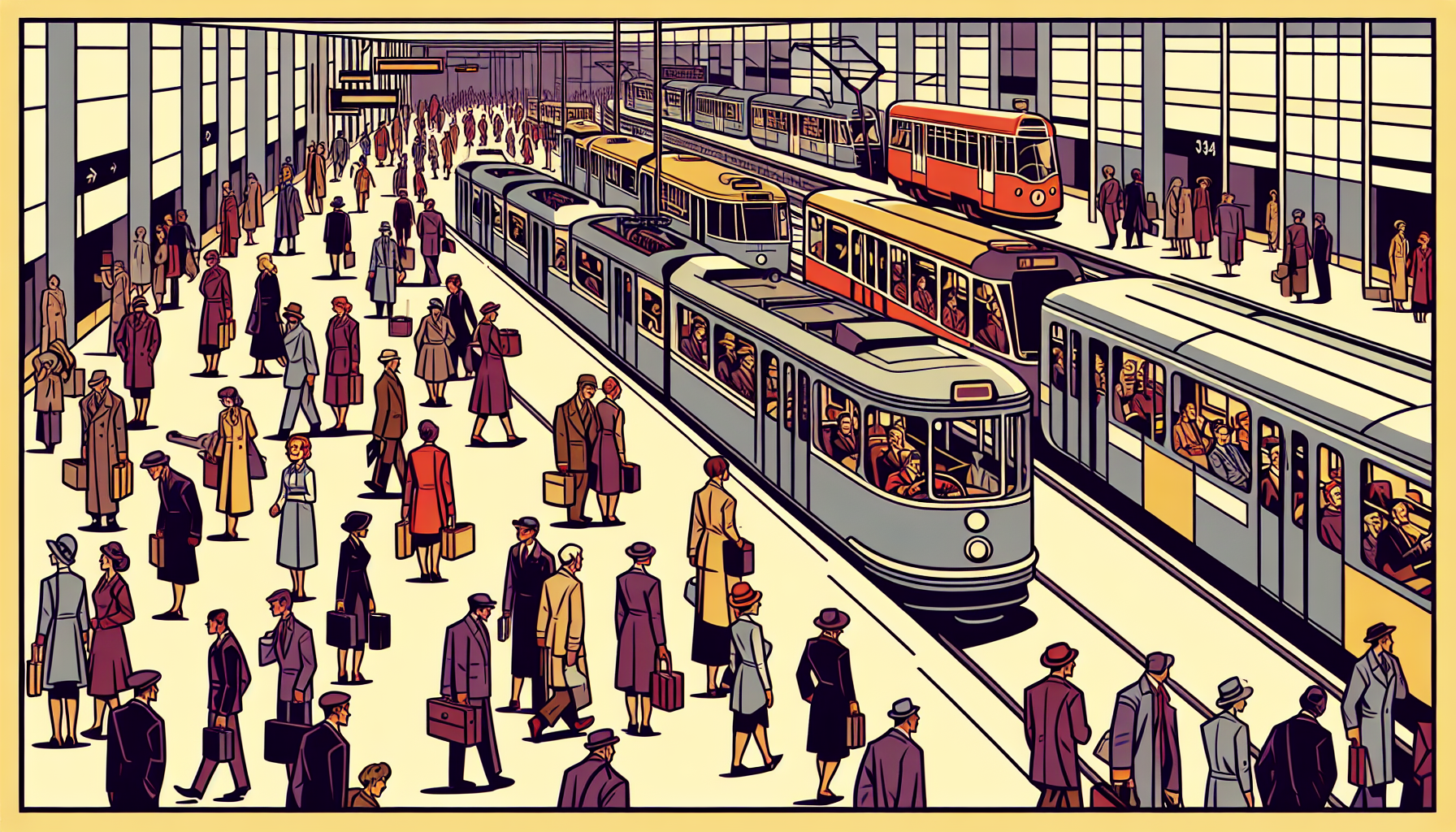The global war on drugs has frequently intersected with public transit, especially in nations like Venezuela.

Recently, a non-government organization, Transparencia Venezuela, disclosed that drug trafficking had generated more than $8.2 billion in the country. This staggering figure emphasizes the scale of the issue and its potential impact on various sections of society, including public transit.
Drug trafficking can have deep implications for public transport systems. For instance, it can lead to a rise in crime rates, causing potential hazards for commuters and drivers alike.
Additionally, it can impact the overall operational efficiency of the transport systems, as resources may have to be diverted to battle drug-related issues rather than improving service delivery.
Despite these challenges, governments and transit authorities can leverage this situation to strengthen their surveillance and security systems. Enhanced security measures not only discourage illicit activities involving public transport but also ensure safer commutes for the public. This balance between security and service is a delicate one, but a necessary reality in today’s world.
Meanwhile, thousands of miles away in New York City, public transit is being shaped by different forces. NYC is currently grappling with the question of congestion pricing—an initiative designed to reduce traffic congestion by charging drivers entering high-density areas during peak times.
Recently, U.S.
Transportation Secretary Sean Duffy extended the negotiation period with Gov. Hochul regarding NYC’s congestion pricing.
The extension came in the wake of what Duffy termed as Gov. Hochul’s “open disrespect” towards the federal government.
Congestion pricing is a contentious issue.
On one hand, it promises to decrease traffic congestion, thereby making public transit more efficient. On the other hand, it could potentially burden drivers with additional costs.
The decision surrounding congestion pricing will have far-reaching implications for NYC’s public transit system. If implemented, the funds from congestion pricing can be used to improve infrastructure and services, thereby benefiting commuters.
However, it also brings to the surface the need for transparent and respectful dialogue between state and federal authorities.
In conclusion, public transit, while serving as a critical aspect of urban life, is often a reflection of broader societal issues, whether they be the battle against drug trafficking or the debate over congestion pricing. As we navigate this complex landscape, it becomes evident that efficient and safe public transit systems are not just about buses and trains; they’re about robust security, thoughtful policy-making, and respect for dialogue and negotiation.